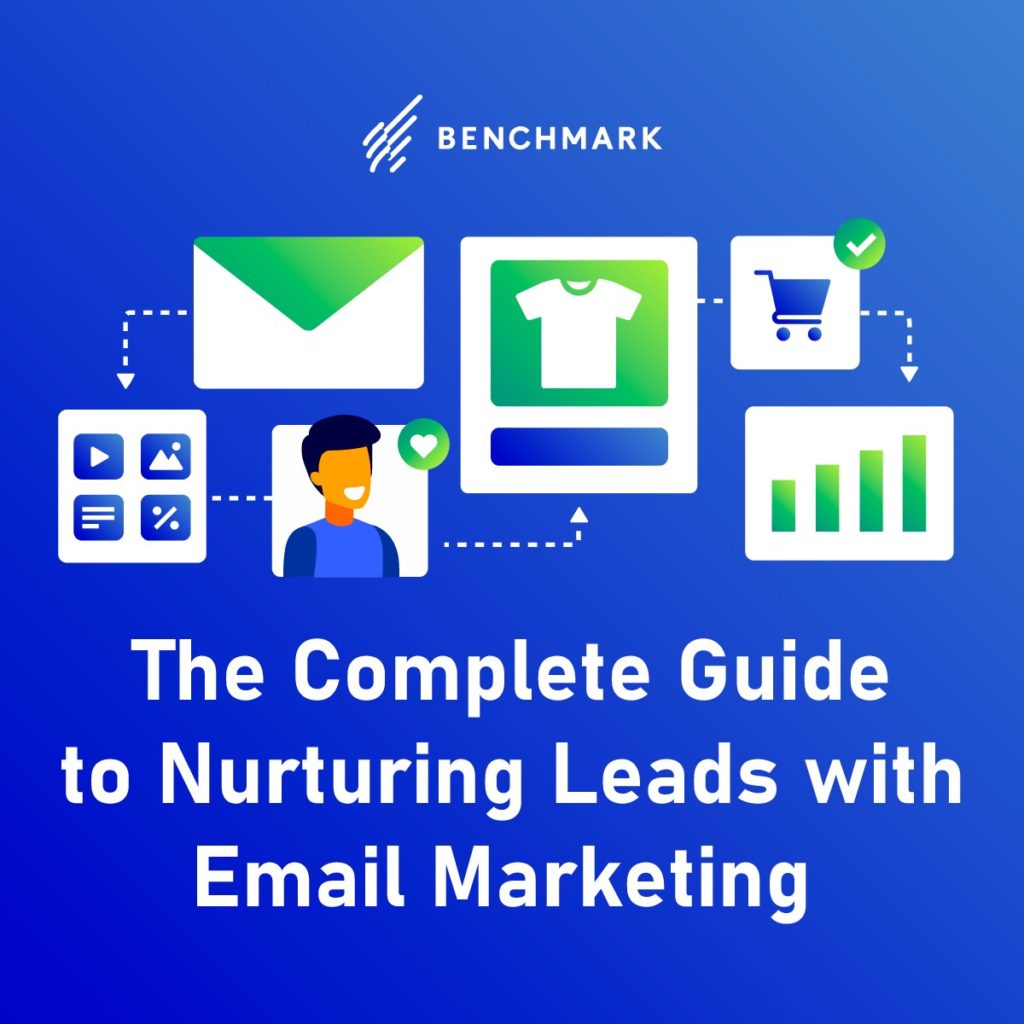So, you know you should be using email marketing, but maybe you aren’t sure how to get the most out of it. Nurturing leads through email isn’t always an intuitive process, and a lot of businesses make avoidable mistakes that reduce the impact of their outreach.
So what’s the secret to effective email nurturing? As it turns out, it’s less about one magic bullet and more about optimizing your process and objectives (we know, way less exciting). In this article, we’ll provide you with the information your team requires to better nurture your leads with email marketing.
1. Have a CRM and Marketing Automation Software in Place
Trying to send email nurture campaigns without a CRM tool and marketing automation software is like trying to steer a canoe with just a tree branch for a paddle. These platforms do a ton of the hard work for you, and they also make it a whole lot easier to get where you need to go.
A CRM allows you to track your prospects’ behaviors, including what pages they’re visiting, what forms they’re filling out, what content of yours they’re downloading and engaging with, and any previous interactions you’ve had with them. This enables you to track and monitor behavior, so you can make your email nurturing campaigns more targeted and personalized.
Marketing automation software, meanwhile, saves you time, money, and effort with your nurture emails. Set up your automated platform to send emails out for you instead of having to send them out on your own, and take advantage of templated options and designs that will make your emails more branded, more appealing, and more engaging.
2. Understand the Buyer’s Journey
It’s crucial to understand the buyer’s journey, both in general and in terms of how it relates to lead nurturing. And there are at least three main stages of the journey that you need to understand to better know your prospects.
- Awareness: When a potential buyer realizes a want or need for a specific product or service.
- Consideration: When a potential buyer has defined their want or need and is now researching a possible product or service solutions.
- Decision: When a potential buyer has figured out what their solution is and is comparing the available options to choose the best one for their needs.
Keeping the buyer’s journey in mind helps you determine the kinds of content you should be creating.
3. Create Content
A lot of companies don’t put nearly as much effort into content creation as they should. Valuable, high-quality content is the most significant part of successful email marketing. It’s what you’re sharing with your leads and what is, hopefully, driving them further along the buyer’s journey.
Make sure you’re prioritizing the creation of original content, be it blog posts, guest posts, whitepapers, videos, or other diversified formats. Let the buyer’s journey be your guide for what to create and consult your sales team to determine the main point you want to address in each piece.
4. Have a Designated Person Send the Emails
Automated or not, your emails should always appear to be sent from a real person and not a robot. Designate someone on your team whose name and contact information will appear in the signature of the email. This human-to-human connection is crucial, and an excellent way to build trust with your prospects.
As a good rule of thumb, have a sales rep serve as the contact so that if leads have a question or respond, they’ll already be connecting with the right person.
5. Create Drip Campaigns
Drip campaigns allow you to put together a series of personalized emails that you can time and send out in a designated order. There are a lot of benefits to engaging this way, including the fact that they continually nurture your leads without inundating them with outreach.
This is where understanding the buyer’s journey becomes very beneficial. Segment your leads by stage and send emails that specifically target their questions and objectives. For example, if you have a drip campaign geared toward prospects that are at the bottom of the funnel (i.e., closer to making a decision and more educated on your brand and solutions), send them case studies, testimonials, and other decision-driving content. By sending out this type of content at regular intervals, you stay top of mind while also showing off just what you can do.
6. Measure Results and Update as Needed
Just as crucial as getting your content and timing right is utilizing data to adjust as needed. Once you start sending your emails, track specific email metrics to see how they’re being engaged with and what sorts of conversions they’re leading to — particularly emails that are part of drip campaigns. If an email isn’t getting many clicks or responses, tweak it with more updated and actionable content.
Use the tips above to optimize your email nurturing strategy and turn more leads into buyers. You got this!
